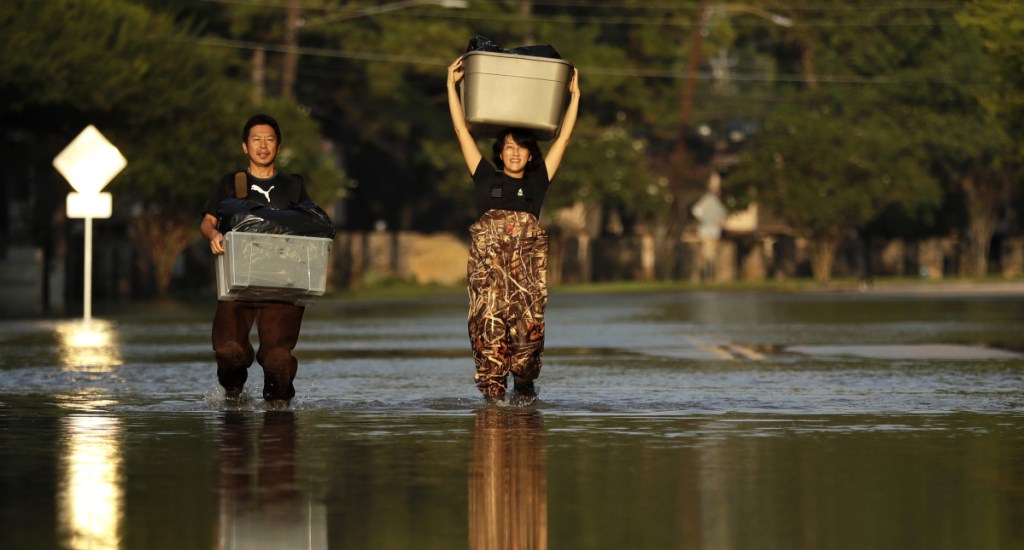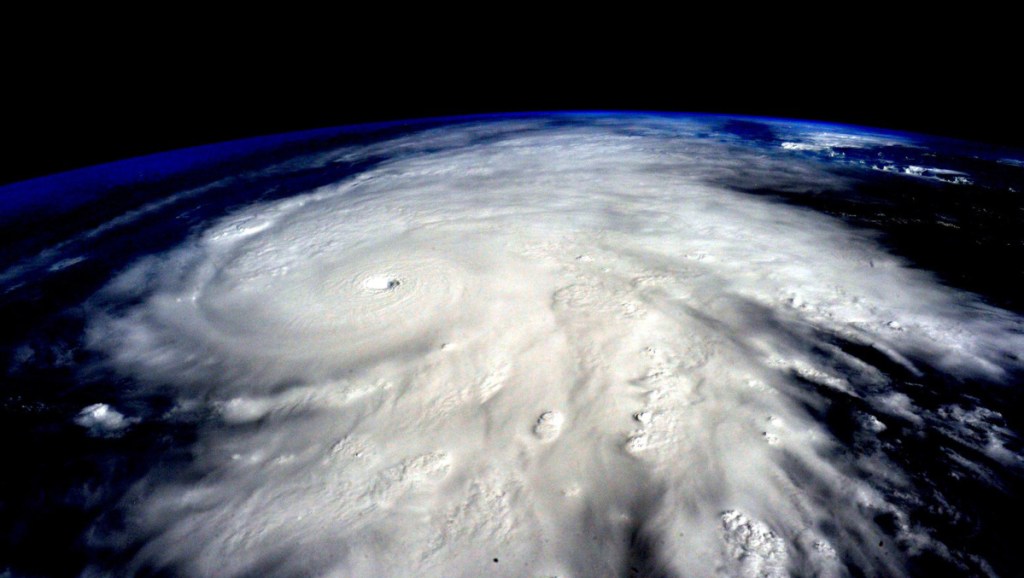FORT LAUDERDALE, Fla. –– As a ferocious hurricane bears down on South Florida, water managers desperately lower canals in anticipation of 4 feet of rain.
Everyone east of Dixie Highway is ordered evacuated, for fear of a menacing storm surge. Forecasters debate whether the storm will generate the 200 mph winds to achieve Category 6 status.
That is one scenario for hurricanes in a warmer world, a subject of fiendish complexity and considerable scientific research.
Some changes – such as the slowing of hurricanes’ forward motion and the worsening of storm surges from rising sea levels – are happening now. Other effects, such as their increase in strength, may have already begun but are difficult to detect, considering all of the other climate forces at work.
But more certainty has developed over the past few years. Among the conclusions: Hurricanes will be wetter. They are likely to move slower, lingering over whatever area they hit. And although there is debate over whether there will be more or fewer of them, most researchers think hurricanes will be stronger.
“There’s almost unanimous agreement that hurricanes will produce more rain in a warmer climate,” said Adam Sobel, professor of applied physics at Columbia University and director of its Initiative on Extreme Weather and Climate. “There’s agreement there will be increased coastal flood risk, at a minimum because of sea-level rise. Most people believe that hurricanes will get, on average, stronger. There’s more debate about whether we can detect that already.”
No one knows how strong they could get, as they’re fueled by warmer ocean water. Timothy Hall, senior scientist at the NASA Goddard Institute for Space Studies, said top wind speeds of up to 230 mph could occur by the end of the century, if current global warming trends continue. That would be the strength of an F-4 tornado, which can pick up cars and throw them through the air – although tornadoes, because of their rapid changes of wind direction, are considered more destructive.
Does that mean the current five-category hurricane scale should be expanded to include a Category 6, or even Category 7?
The Saffir–Simpson hurricane wind scale, developed in the early 1970s, ranks hurricanes from Category 1, which means winds of 74-95 mph, to Category 5, which covers winds of 157 mph or more.
Since each category covers a range of wind speeds, it would appear that once wind speed reaches 190 or 200 mph, the pattern may call for another category. Last season saw two Category 5 hurricanes, Irma and Maria, with Irma reaching 180 mph. And in 2015, off Mexico’s Pacific coast, Hurricane Patricia achieved a freakish sustained wind speed of 215 mph.
“If we had twice as many Category 5s – at some point, several decades down the line – if that seems to be the new norm, then yes, we’d want to have more partitioning at the upper part of the scale,” Hall said. “At that point, a Category 6 would be a reasonable thing to do.”
Many scientists and forecasters aren’t particularly interested in categories anyway, since they indicate only wind speed, not the other dangers posed by hurricanes.
Send questions/comments to the editors.




Success. Please wait for the page to reload. If the page does not reload within 5 seconds, please refresh the page.
Enter your email and password to access comments.
Hi, to comment on stories you must . This profile is in addition to your subscription and website login.
Already have a commenting profile? .
Invalid username/password.
Please check your email to confirm and complete your registration.
Only subscribers are eligible to post comments. Please subscribe or login first for digital access. Here’s why.
Use the form below to reset your password. When you've submitted your account email, we will send an email with a reset code.